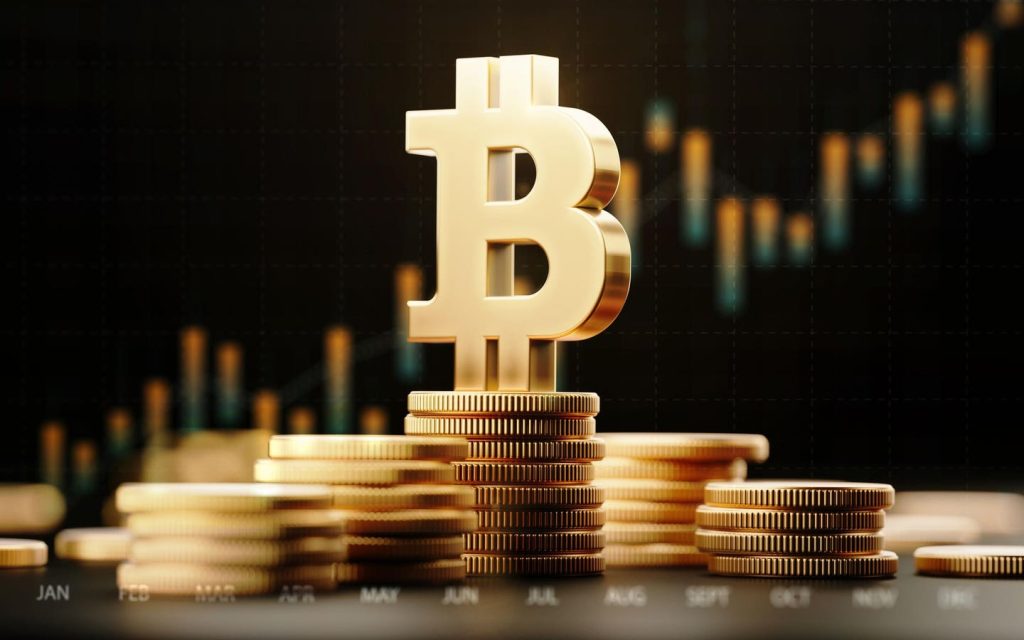Bitcoin’s recent surge past the $100,000 mark signifies a watershed moment for the digital asset, transitioning it from a niche interest of tech enthusiasts to a serious financial instrument garnering attention from central banks, corporations, and governments worldwide. This remarkable ascent is fueled by growing global adoption and recognition of Bitcoin’s potential as a store of value, akin to gold in a digital age. El Salvador’s embrace of Bitcoin as legal tender and its reported profits, along with discussions in the U.S. surrounding a strategic Bitcoin reserve, highlight this evolving perception.
The comparison to gold is a recurring theme in Bitcoin’s narrative. Like gold, Bitcoin possesses inherent scarcity, with a fixed supply capped at 21 million coins. This characteristic, combined with increasing trust and acceptance, contributes to its value proposition. Federal Reserve Chairman Jerome Powell’s acknowledgment of Bitcoin as a gold competitor underscores this parallel. While gold boasts a millennia-long history as a store of value and enjoys widespread liquidity and practical applications, Bitcoin offers a modern, digital alternative, demonstrating its resilience as a safe haven asset during times of economic uncertainty. The rising Bitcoin-to-gold ratio further emphasizes Bitcoin’s growing appeal.
The political landscape is also shifting in Bitcoin’s favor. The incoming Trump administration’s appointment of crypto-friendly figures like Paul Atkins to the SEC and David Sacks as “AI and crypto czar” signals a potential move towards clearer regulatory frameworks, potentially attracting institutional investment. Senator Cynthia Lummis’s proposed BITCOIN Act, advocating for a U.S. strategic Bitcoin reserve, mirrors the Strategic Petroleum Reserve, aiming to provide a financial buffer against economic shocks and inflation.
These developments have spurred bullish forecasts from major financial institutions. Bernstein Private Wealth Management and Standard Chartered project Bitcoin could reach $200,000 by late 2025, driven largely by anticipated institutional investment. As corporations, pension funds, and endowments begin to incorporate Bitcoin into their portfolios, demand is expected to surge. MicroStrategy’s proactive accumulation of Bitcoin as a treasury reserve asset exemplifies this trend. Even a small allocation from U.S. retirement funds or a potential strategic reserve could significantly impact Bitcoin’s price trajectory.
For investors, Bitcoin’s rise presents both opportunities and challenges. Its ascent to over $100,000 confirms its emergence as a significant force in the financial world. However, the inherent volatility of Bitcoin remains a key consideration. While gold exhibits relatively stable price movements, Bitcoin is prone to more dramatic swings. Therefore, a prudent approach to allocation is crucial, balancing the potential for growth with the inherent risks. Diversification within a portfolio can mitigate these risks while still providing exposure to Bitcoin’s potential upside.
The confluence of increasing institutional adoption, evolving regulatory frameworks, and growing political support suggests Bitcoin is transitioning from a speculative asset to a more established part of the financial landscape. While it’s unlikely to replace gold entirely, Bitcoin is carving its own niche as a digital store of value, attracting attention from prominent investors and policymakers. Reaching the $100,000 milestone marks a pivotal moment in Bitcoin’s journey, signaling its maturation into a legitimate financial instrument worthy of consideration by investors seeking diversification and exposure to the evolving digital asset market. However, careful consideration of its volatility and responsible allocation remain paramount for navigating this dynamic landscape.

